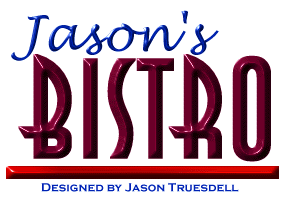

| Cuisine | Chinese |
| Description | Chinese home cooking is not fried meats drowned
in syrupy fruit sauce and random mishmash of vegetables that is commonly
purveyed in bad Chinese restaurants around the United States.
A cuisine with tremendous regional variation, the common principles of Chinese cuisine involve ways to extract the most flavor possible out of the presented foods, often by using very hot oil to reduce the amount of water in the food and concentrate the flavor. Another important principle is balance (serving bland foods such as rice or noodles to complement stronger tasting dishes). |
| Vegetarian Appeal | The sheer flexibility of the stir-frying method
lends itself to thousands of interesting vegetarian possibilities. Many
other classics, included dumplings, stuffed buns, and even soups can be
reincarnated as vegetarian treats.
Meat and seafood are pervasive in most regions, but are usually used in small quantities except among more affluent people. |
| Basic Ingredients |
Your pantry should feature:
Other frequently used ingredients include:
I frequently cook with tofu. If you're living in a small town, you may find that the tofu isn't restocked as frequently as it should be. The top of the container should never be convex--it indicates that the tofu has gotten old and probably a little sour. |
| Unusual ingredients | Many Chinese vegetables are hard to find in the US, and some are only available in metropolitan areas. However, Chinese cuisine can easily adapt to locally-available ingredients as long as you have the essential things in your pantry. |
| A Typical Meal | China has dramatic regional variations in its
cuisine. Northern regions use wheat more frequently than other parts of
the country. Chinese cuisine also morphs to take advantage of local
ingredients in countries to which large numbers of Chinese have emigrated,
such as Malaysia, Thailand, and so on.
Breakfast can be a rice porridge served with pickles or, sometimes, Chinese red dates. Breakfast is usually savory rather than sweet. Lunch is frequently a generous bowl of noodle soup with pickled vegetables and other condiments to accompany. In the North, you might choose from a number of steamed buns with myriad fillings. Dinner would usually feature plenty of steamed rice, some kind of soup, and generally at least two stir-fried dishes. |
 |
© 2000 Jason Truesdell. |
jagaimo.com home |